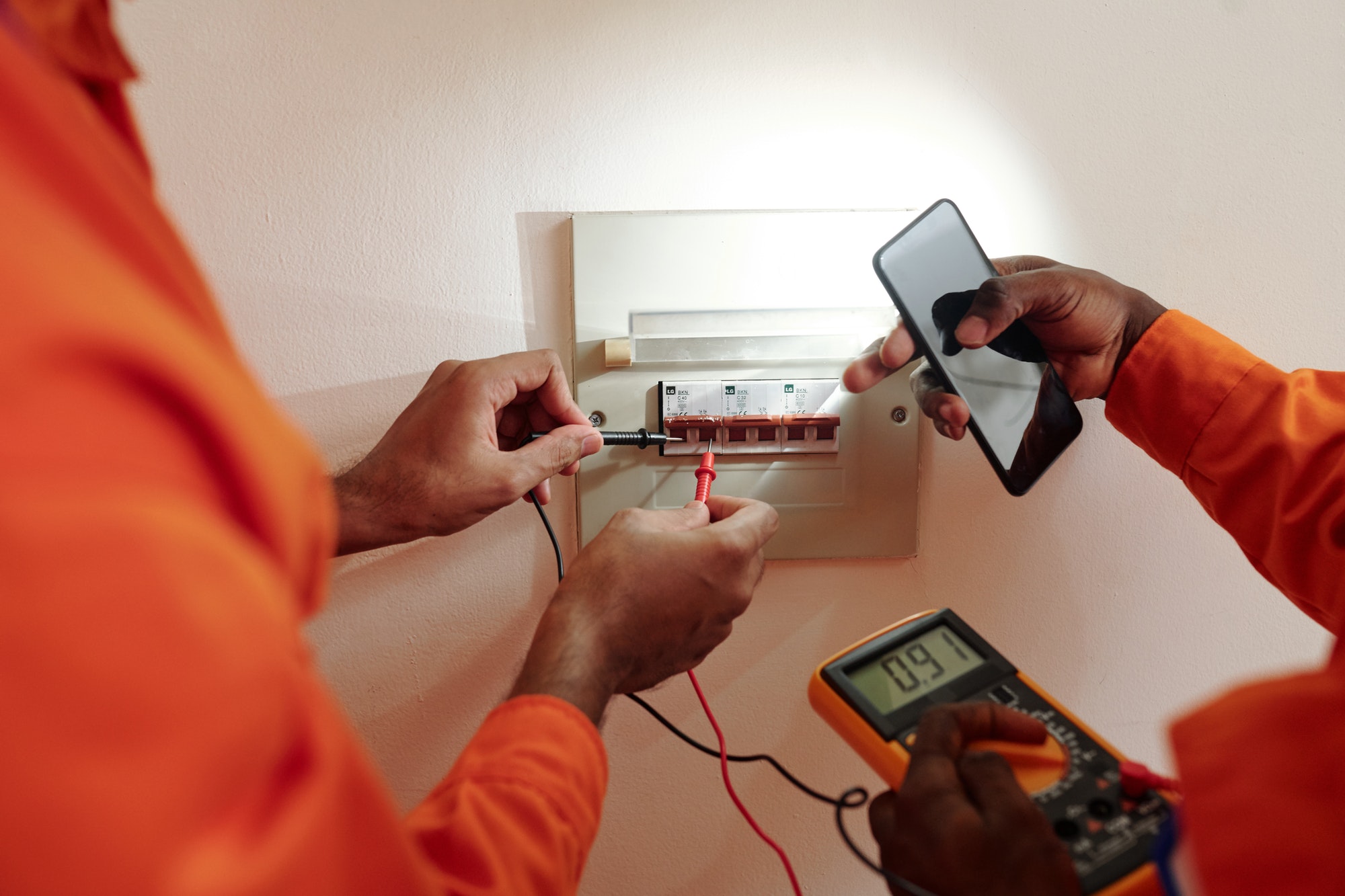When it comes to Portable Appliance Testing (PAT), deciding between a DIY approach and hiring a professional can significantly impact the effectiveness and safety of the process. Here’s a detailed comparison to help you make the right choice for ensuring electrical safety:
DIY PAT Testing
Pros
- Cost Savings
- Lower Initial Costs: Performing PAT tests yourself can save money in the short term, as you avoid paying professional fees.
- No Call-Out Charges: You can conduct tests at your convenience without incurring additional charges for emergency or out-of-hours services.
- Convenience
- Flexible Timing: You can perform tests according to your schedule, minimizing disruption to your daily operations.
Cons
- Lack of Expertise
- Limited Knowledge: Without proper training, you may not have the necessary knowledge to accurately identify and assess all potential hazards.
- Missed Issues: Inexperienced testers might overlook critical faults, leading to unsafe appliances remaining in use.
- Inadequate Equipment
- Basic Tools: DIY testing might rely on basic tools that lack the sophistication and accuracy of professional testing equipment.
- Insufficient Testing: Professional PAT testers use advanced equipment capable of conducting comprehensive tests that go beyond simple visual inspections.
- Time-Consuming
- Learning Curve: Gaining the knowledge and skills to perform PAT testing effectively can be time-consuming.
- Ongoing Commitment: Regular testing and record-keeping require consistent effort and time.
- Compliance and Certification
- Regulatory Compliance: DIY testing might not meet all regulatory standards, potentially leading to non-compliance issues.
- Insurance Issues: Insurers may not recognize DIY tests, which could affect the validity of your insurance policy and any claims you make.
Professional PAT Testing
Pros
- Expertise and Experience
- Qualified Professionals: Certified electricians or PAT testers have extensive training and experience, ensuring thorough and accurate inspections.
- Regulatory Knowledge: Professionals are up-to-date with the latest safety regulations and standards, ensuring compliance.
- Advanced Equipment
- Specialized Tools: Professionals use advanced testing equipment capable of performing comprehensive tests, including earth continuity, insulation resistance, and functional checks.
- Detailed Analysis: Professional tools provide more precise measurements and diagnostics, identifying issues that DIY tools might miss.
- Efficiency and Thoroughness
- Quick and Comprehensive: Professionals can perform tests more quickly and thoroughly, minimizing downtime and disruption.
- Full Coverage: Every appliance is tested methodically, ensuring no items are missed.
- Documentation and Certification
- Detailed Reports: Professionals provide detailed reports and certification, documenting the condition of each appliance and any remedial actions taken.
- Compliance Proof: These reports serve as proof of compliance with safety regulations and can be used for insurance and legal purposes.
- Peace of Mind
- Safety Assurance: Knowing that a qualified professional has tested your appliances provides peace of mind that they are safe to use.
- Liability Coverage: Professional PAT testers carry liability insurance, protecting you in case of any issues arising from the testing process.
Cons
- Higher Costs
- Professional Fees: Hiring a professional involves paying for their services, which can be more expensive than a DIY approach.
- Recurring Expenses: Regular testing by professionals incurs ongoing costs.
Making the Right Choice
Considerations for DIY PAT Testing
- Low-Risk Environments: DIY testing might be suitable for low-risk environments with minimal and straightforward appliances.
- Basic Knowledge: If you or your staff have basic electrical knowledge and the willingness to learn, DIY testing could be feasible for simple applications.
Considerations for Professional PAT Testing
- High-Risk Environments: In high-risk environments or where safety is paramount, professional testing is strongly recommended.
- Complex Appliances: For complex or critical appliances, professional testing ensures comprehensive safety checks.
- Compliance Requirements: If you need to meet stringent regulatory or insurance requirements, professional PAT testing is essential.
Conclusion
While DIY PAT testing can be cost-effective and convenient for low-risk environments with basic appliances, professional PAT testing is generally the safer, more reliable choice for ensuring comprehensive electrical safety and compliance. By hiring qualified professionals, you benefit from their expertise, advanced equipment, and thorough documentation, providing peace of mind and safeguarding your property and occupants.





